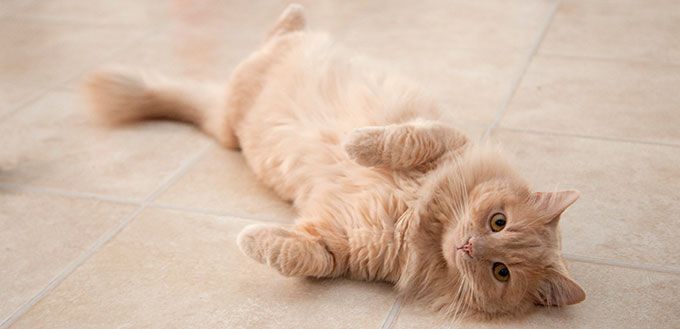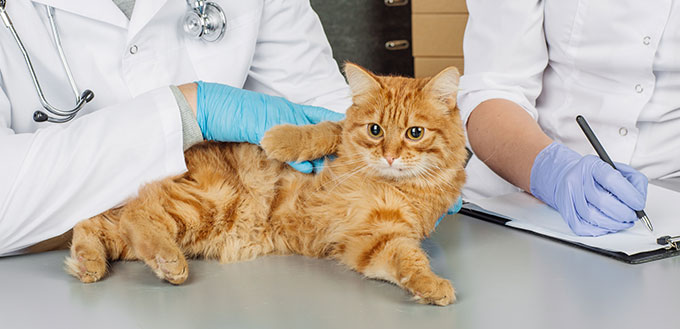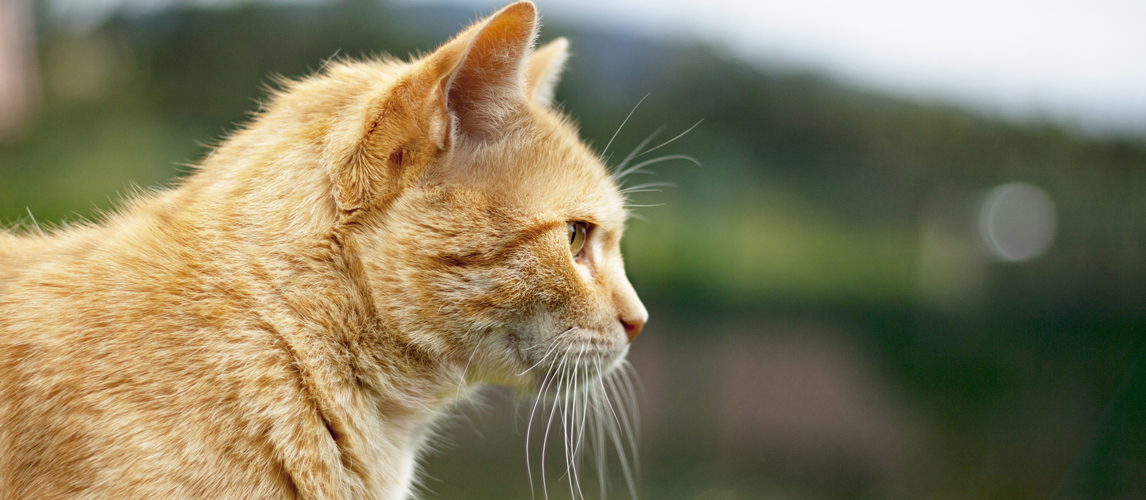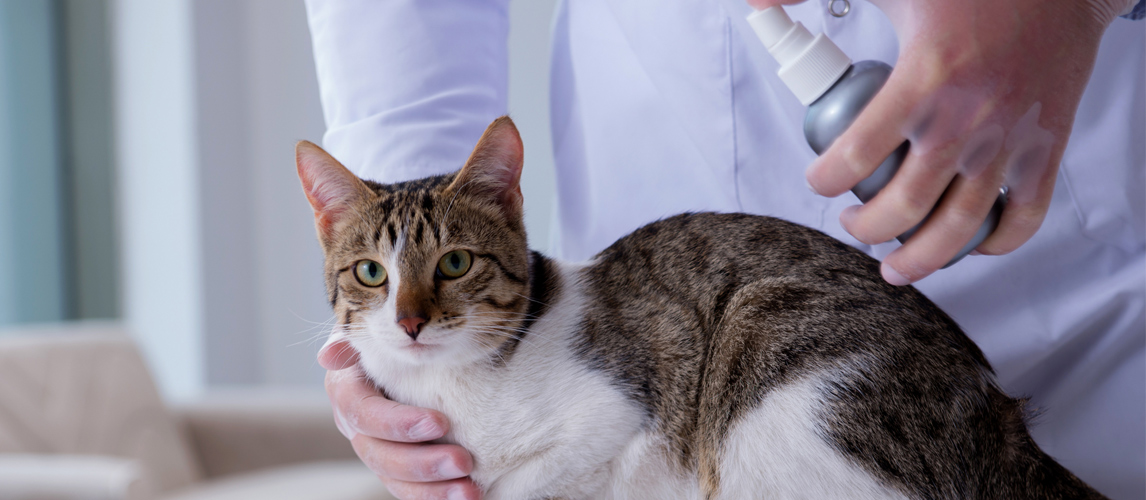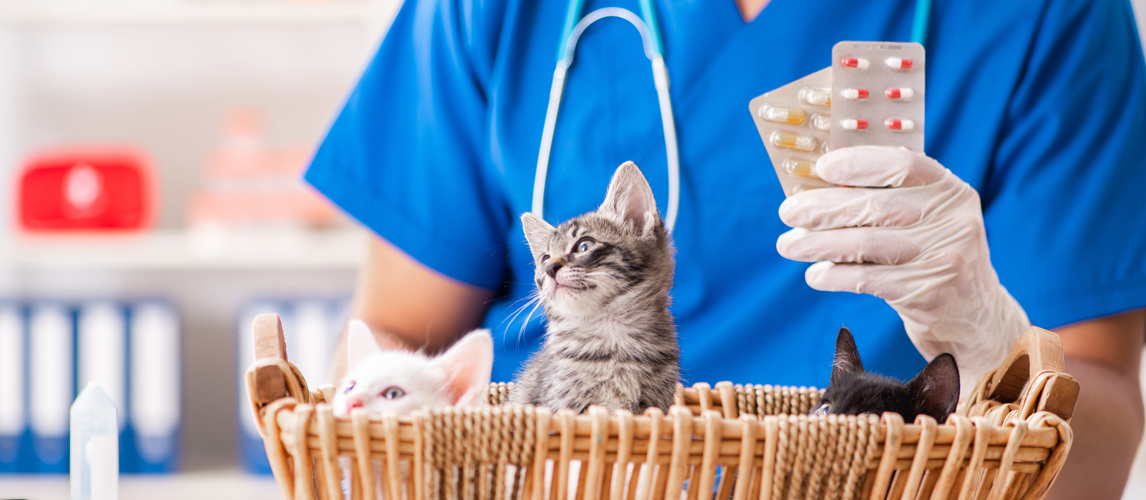Just like human beings, cats can suffer from strokes. However, it appears that they occur less frequently than they do with us. In fact, mild strokes are often missed as the symptoms are milder involving dizziness and memory issues. More serious strokes require veterinary attention on an urgent basis. On the issue of cat strokes, you need to know what you are looking out for, as well as some preventative methods and treatment options. All of these points will be covered in the following blog post.
What Is a Stroke?
First, it is important to answer the question of what a stroke actually is in the first place. Well, it occurs due to the narrowing or blockage of blood vessels which reduces the flow of blood and oxygen to the brain, thereby causing the death of brain cells. The neurological effects of a stroke depend on how serious it has been and the section of the brain that has been affected. It can do anything from affecting your cat’s general alertness to stopping them from walking as normal.
What Are the Causes of Strokes in Cats?
The majority of strokes involve some sort of blood clots, but others are caused by issues such as tumors, bacteria, and parasites. Different materials can become lodged in blood vessels, which inhibits blood and oxygen flow, leading to the death of tissues around them. Blood clots can affect vessels in all parts of the body. Many of the major causes of strokes in humans are ruled out for cats including smoking, drinking alcohol, and eating fatty foods. Underlying diseases are a common cause of strokes. These include heart disease, cancer, hypothyroidism, hypertension, and bleeding disorders. Breeds who are at risk of suffering from these conditions may be more at risk of strokes.
What Are the Symptoms of a Cat Stroke?
There are plenty of different cat stroke symptoms that point towards your cat having a stroke. You may hear them yowling or meowing in pain. Their movement could be impacted, so you may notice your kitty dragging their legs along or limping on their front leg. Some other signs include seizures, loss of bladder control, less special awareness, abnormal movements, or changes in their personality. Your cat may start tilting their head for seemingly to reason or will experience a sudden loss of appetite. While any of these symptoms on their own is not a surefire guarantee that your cat has had a stroke, it is still important to take action and get in touch with your vet. After all, it is always better to be safe than sorry in a situation such as this one.
What to Do If You Think Your Cat Is Having a Stroke
If you think that your cat is having a stroke, it is important that you take quick action and contact your veterinarian immediately. If it is out of hours, you should get in touch with the emergency vet as this a serious enough issue that warrants urgent attention. Quick treatment is the best way of averting further issues associated with the stroke. A cardiac evaluation will take place, along with ultrasounds, check x-rays, and anything else that they deem to be necessary. If the stroke is especially serious, your cat may need regular monitoring to keep them healthy.
Once the cause of the stroke has been determined, the next stages involve developing a treatment plan to tackle the issue and get your cat back on their feet once again. A few possible treatment options include the provision of oxygen and fluids, administration of pain medication, and physical therapy. Your cat may also require help going to the bathroom and walking if this has been impacted in any way. Bear in mind that recovering from a stroke takes time, and you need to follow all your vet’s instructions closely to give your cat the best chance of making a full and complete recovery. If your cat is usually allowed outdoors, it is likely that you are going to need to keep them contained during the ensuing weeks and months when they go through the stages of their cat stroke recovery. You may have to take a more central role in helping your cat with day to day issues such as eating, drinking, and going to the bathroom. Be especially careful when your cat is around children as changes to their personality may make it more likely that they bite or scratch. Keep patient and don’t rush your cat into anything that they are not ready for.
Prevention of Cat Strokes
If your cat has not had a stroke and you are looking for some ways that you can prevent it from occurring, there are a few actions that you can take. The health of your cat starts with feeding them a high-quality diet and ensuring that they get enough exercise as this helps to stave off obesity and keeps blood flowing around the body without hindrance. You can also limit any stressors in your cat’s environment that could be contributing towards the issue. Annual medical exams with your vet can help to determine any underlying medical issues that need to be addressed. And then there is the simple action of keeping a close eye on your pet, particularly noticing any physical changes.
Final Thoughts
While strokes in cats can occur, they are much rarer than in humans. However, it is still important to be vigilant in looking out for what the common signs of stroke in cats are. Initial treatment needs to be conducted by a veterinarian. They will then advise the next steps in helping your cat to recover. If your cat hasn’t suffered from a stroke, there are a few preventative steps that you can take which are listed above in more detail. Largely, it is all about maintaining a healthy lifestyle for your vet that centers on ensuring that they get enough exercise and enjoy a healthy diet.
Sources:
- How Can I Tell If My Pet Has Had A Stroke?, American Animal Hospital Association
- S K Hilal, In Vivo NMR Imaging Of Tissue Sodium In The Intact Cat Before And After Acute Cerebral Stroke, The American Society of Neuroradiology
- F S Buonanno, Cranial Anatomy And Detection Of Ischemic Stroke In The Cat By Nuclear Magnetic Resonance Imaging, RSNA
Note: The advice provided in this post is intended for informational purposes and does not constitute medical advice regarding pets. For an accurate diagnosis of your pet's condition, please make an appointment with your vet.


